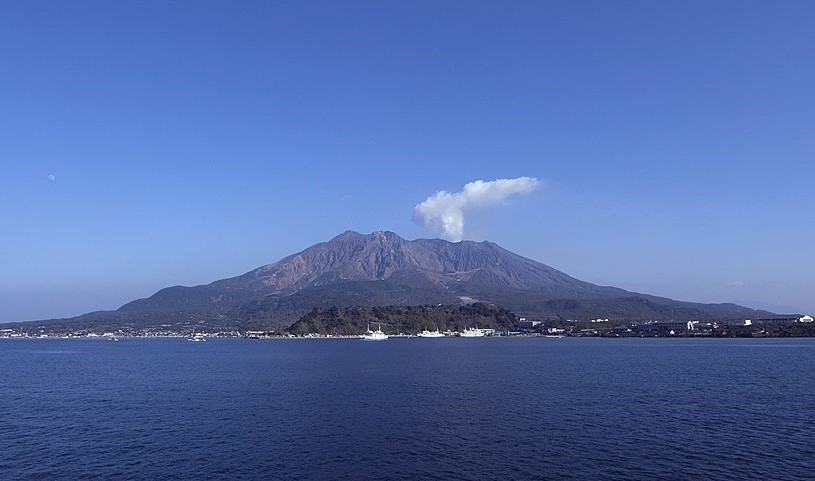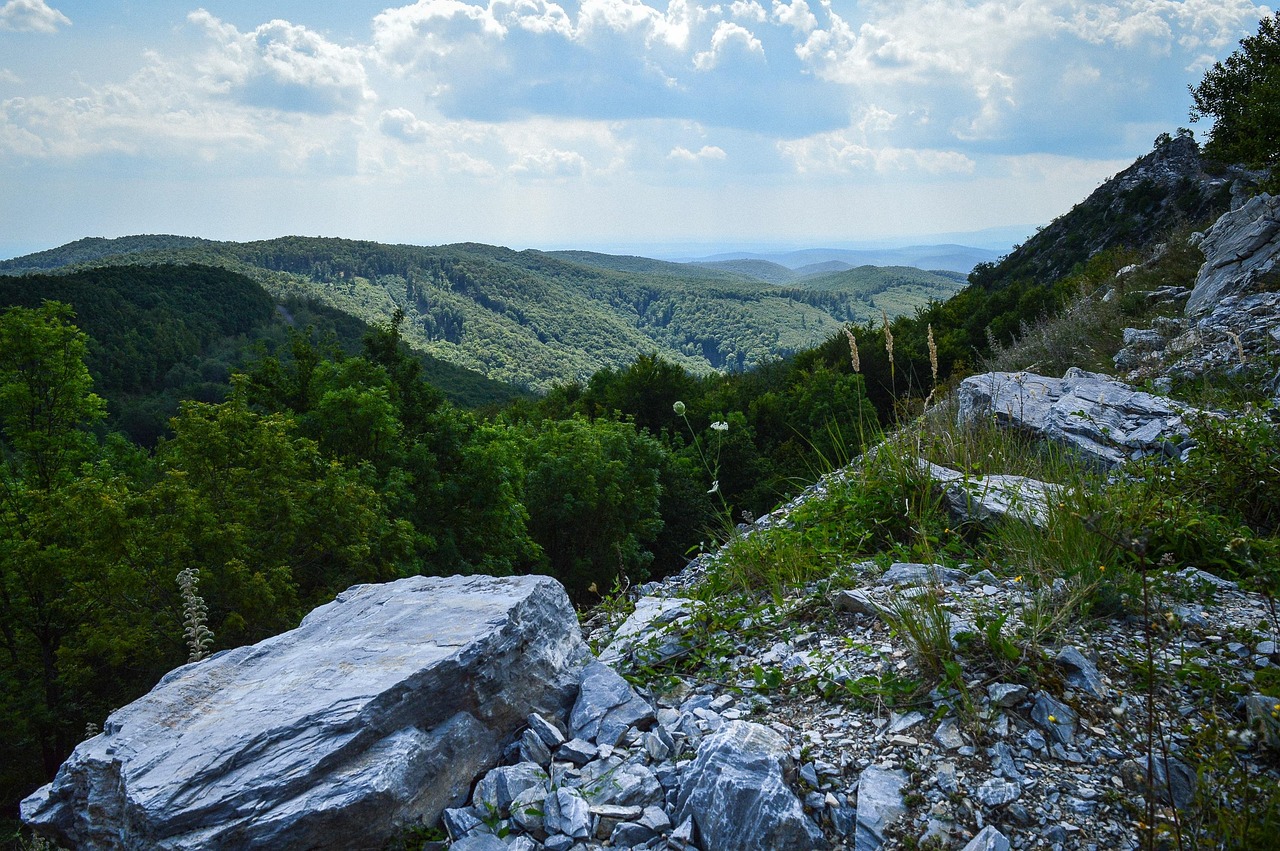
Muography can contribute to a better understanding of the various signs of volcanic activity.Continue reading

An international research team has identified a volcanic eruption that occurred ten million years ago that involved a huge explosion in northern Hungary.
The research was led by Hungarian university professor Dávid Karátson, head of the Department of Physical Geography at Eötvös Loránd University (ELTE), and involved scientists from five countries. Their findings were published in the journal Nature Scientific Reports in early July.
The research reveals that a massive eruption that took place 13.06 million years ago and consisted of four phases, can be observed over an area of more than 3,000 square kilometers, from the eastern edge of the Mátra Mountains through the Bükk Mountains, to the Tokaj Mountains.
The “Dobi eruption,” named after the Dobi site in Tarnaszentmária, erupted from the shallower, coastal waters of the Paratethys, an inland sea that existed for ten million years, as evidenced by, among other things, the foraminifera (pore shells: skeletal remains of marine protozoa) found in the tuff material.
Researchers estimate the volume of the erupted material to be at least 200 cubic kilometers, which allows them to reconstruct an eruption of extraordinary size (VEI 7 on the scale of explosive eruptions),
they wrote.
The interaction between seawater and magma “pulverized” the magma (phreatomagmatic eruption), so that in addition to centimeter- or even decimeter-sized volcanic rocks, most of the erupted material was fine volcanic ash. Its chemical composition suggests that the huge amount of magma came from several separate magma sources.
The study found that despite the eruption occurring under the sea, the vast volume of tuff material was mostly deposited on land, as the lower boundary layer observed in the terrain contains plant remains, stems, leaves, and charred tree trunks, which characterize the former living environment.
The “Dobi eruption,” like its famous counterpart in Ipolytarnóc (also in northern Hungary), instantly preserved the ancient environment of the time. Based on ongoing research, it is predicted that the study of volcanism in northern Hungary, which has not yet been investigated in such detail, may reveal several more “Ipolytarnóc.”
Via MTI, Featured image: Pixabay